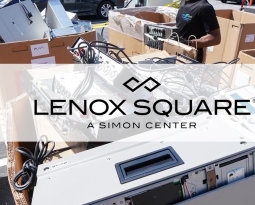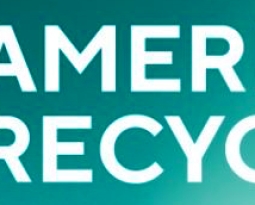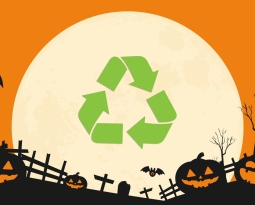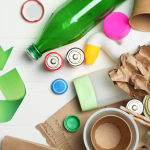Spilling the Tea About Cross Contamination in Your Recyclables
Follow us on our series ‘Let’s Talk Recycling.’ Recycling is a large part of a sustainable future and something we can all take part in as a community.
 You have made the commitment to do some level of recycling at your house contributing to the sustainability of our future. You want to assure these small- or large-time investments go toward lowering the carbon footprint in the world. How do you assure what you have put your valuable time into is going where it should and doing what it should?
You have made the commitment to do some level of recycling at your house contributing to the sustainability of our future. You want to assure these small- or large-time investments go toward lowering the carbon footprint in the world. How do you assure what you have put your valuable time into is going where it should and doing what it should?
‘My recycling is just going to a landfill so why bother?’ The EPA found that 94% of Americans are supportive of recycling and practice it daily. They also estimate 75% of our nation’s waste is recyclable. The National Recycling Goal by 2050 is 50%, we are currently at 34%. The Recycling Partnership estimates, of all the recycled material sent to facilities in the U.S., 16.9% is sent to landfills. One in every four recycled items should not be in the bins and will be sent to a landfill or incinerated due to contamination.
Looking at a product to see if it is recyclable but not finding an answer, you put it in the bin thinking it is the right thing or wishcycling. I have been guilty of this in the past and genuinely thought I was doing the right thing. We don’t know what we don’t know. When your recycling bin contains trash, materials are soiled by food/liquids, or items are placed in plastic bags it is considered contaminated.
For your recyclable materials to have a second life, they must be clean and free from contaminants. Some of the most common contaminants are plastic waste, food waste, Styrofoam, E-waste, and bio-hazardous waste with some contaminants being worse than others. Food waste, commonly found on take-out containers, greasy pizza boxes, and bottles/jars that have not been rinsed, is the most prevalent contaminate. Contaminated recycled materials do not continue the journey to second life, that is not to say they have not already caused damage. Decreased efficiency and increased costs are results of contamination.
During the sorting process where workers must hand-pick out the contaminated products, more workers will be needed and the danger to these workers increases. The increase in contaminated items exposes workers to harmful dangerous environments. Equipment can be damaged or destroyed with large unrecyclable objects such as golf bags, microwaves, and flammable gas containers. The extra trip to the landfill to dispose of the materials could have been avoided if the non-recyclables had been put in the garbage.
A few things to help avoid contamination include education, labeling containers, and learning how to clean containers. Just reading this series is helping to educate us about recycling. Now, we have made a commitment to reduce, recycle, and repurpose, even if it is just one item on a continuing basis, we need a straightforward guide to help us. Contamination of different recyclables can seem overwhelming, but we are going to go through them together. Follow us for how to recycle mixed paper and avoid contamination.







